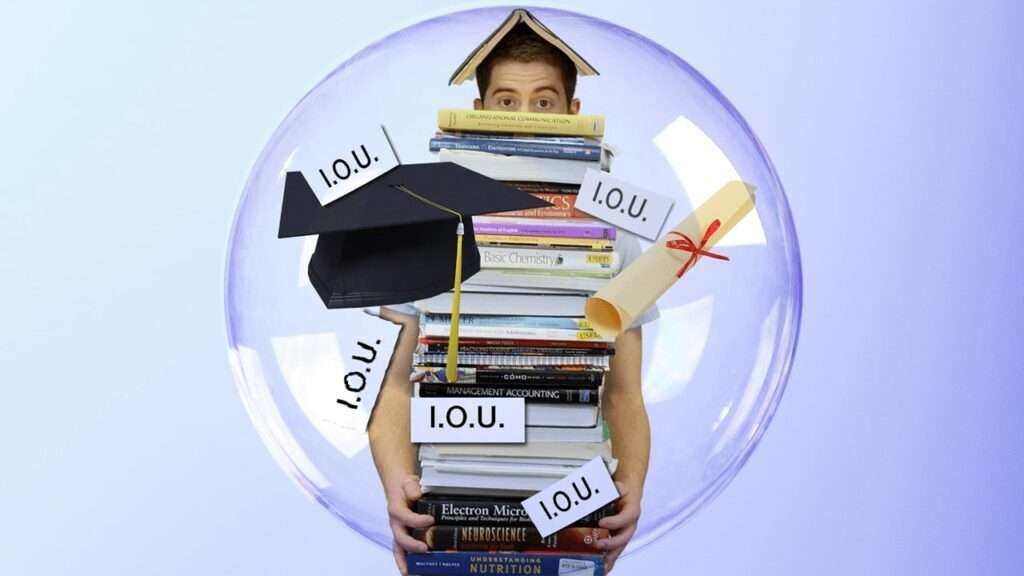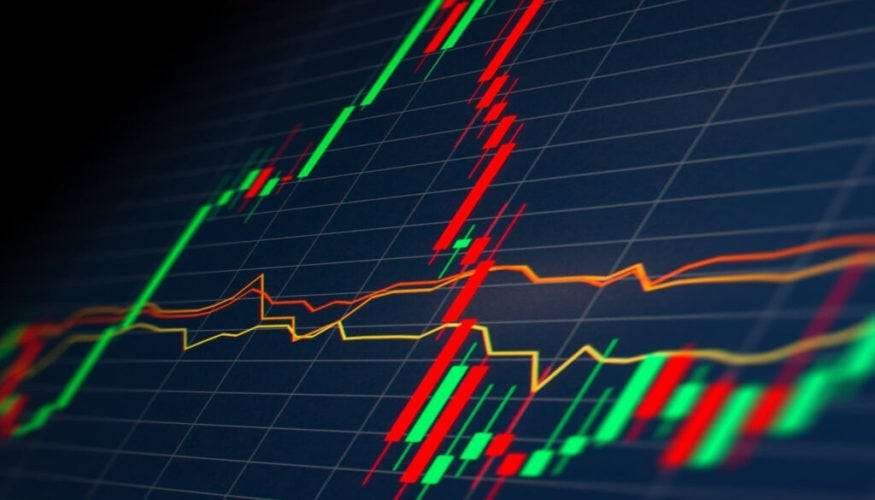
The year ahead would carry more hurdles for borrowers, who have recently experienced many problems. A large number of borrowers receive many emails about the forgiveness of their loans. While many others receive the bills that they have to pay.
It would be very difficult to surpass the events of 2023, which witnessed the rejection of President Joe Biden’s proposal.
As most people know about Joe Biden’s proposal in 2023 to give the students loan debt relief of $10,000 to $20,000 for eligible Americans. But he did not succeed in his plan. Predictably, the Supreme Court rejected his plan, stating that the President does not have the authority to simply wipe away the debt because it is against the rules.
In 2024, millions of borrowers might have reduced their monthly payments. Biden will make a second attempt at reducing student debt. This matter needs more attention to give some relief to the borrowers. As the elections get closer, more commitments might be made.
Let’s take a look into what lies ahead for student loan relief and updates made in this regard.
SAVE Plan launches:
The launch of Saving for a Valuable Education (SAVE) became one of the biggest changes for students last year. It might bring some more changes and updates.
At the beginning of July, borrowers who enrolled in the SAVE plan will see a significant change. Payment for undergraduate loans is cut in half—10% to 5% of their disposable income. While the graduate student loan payments remain at 10%,.
Students have to pay these small amounts for 20 to 25 years until their remaining loan is forgiven. Another most beneficial feature of this plan is that if your monthly low payment is very low and you can’t cover the interest. The government will cover the rest of the interest that accrues that month.
Debt Forgiveness Plan B:
After the Supreme Court ruled on debt forgiveness, President Biden announced he would be pursuing debt relief through the Higher Education Act, initiating a process called negotiated rulemaking.
This process gives people the opportunity to submit different topics for consideration, and then a committee of stakeholders collaborates to propose the rule. This also gives the public another chance; they can comment or suggest changes before the new rule becomes effective.
A group of negotiators with the aim of providing relief to student loan borrowers held six meetings with the Department of Education from October to December. This group included legal experts, student loan borrowers, advocates, and many more.
Plan B aims to assist four groups of barrows, but the committee couldn’t decide on a solution for those facing challenges; however, they include the option for people who have been paying for a long time.
Is More Loan Forgiveness Coming?
A financial advisor, Steve Azoury, describes a challenge in determining who qualifies for loan forgiveness. Biden couldn’t get the consent of anyone when he formed a committee to create a new forgiveness plan.
“For some reasons, this committee can’t come to a consensus on who to fight for, and the meeting has dragged on, ultimately going nowhere,” said Azoury.
Republicans believe that forgiving student loans is unfair to other people who have paid them for a very long time. If the 2024 elections are won by Republicans, mass student loan forgiveness is unlikely.
The opposition is true that if Biden wins a second term, he will continue to push for student loan forgiveness.
Ongoing Challenges:
Moyette stated that the start of the student loan payment system is not going to be smooth, and the rough road is likely to continue in the next year.
The companies that the government hires to handle invoicing and customer service, known as student loan servicers, have faced difficulties throughout the shift. Difficulties are revealed in a memo dated October 29, 2023, which is accessible on the Department of Education’s website under the Freedom of Information Act section. Less than half of callers to their servicer reached someone after waiting an average of 58 minutes.
Mayotte voiced concerns, pointing out that some people might mistakenly believe that lengthy hold times and processing delays are standard for student loans, particularly for recent graduates who are not familiar with repayment procedures.





